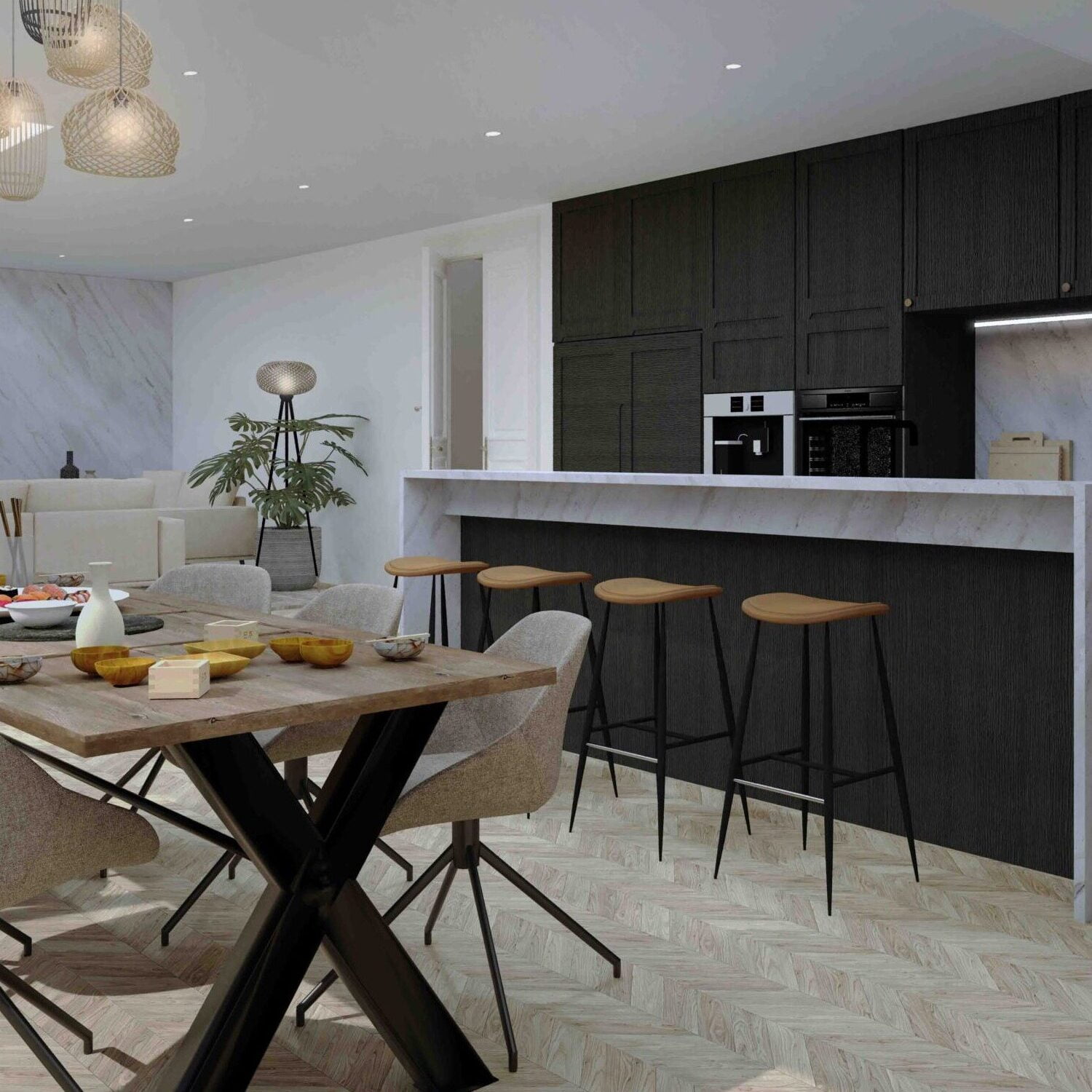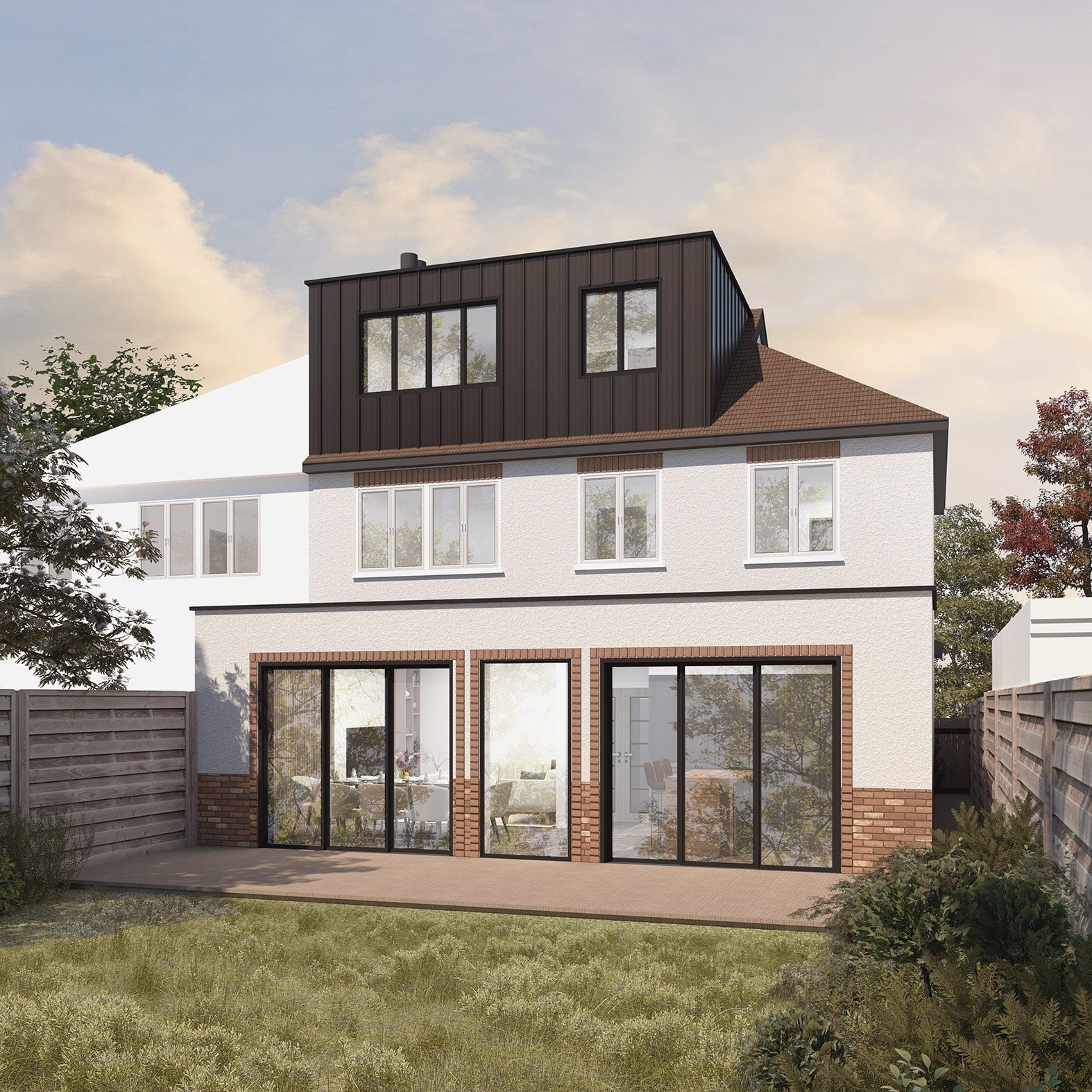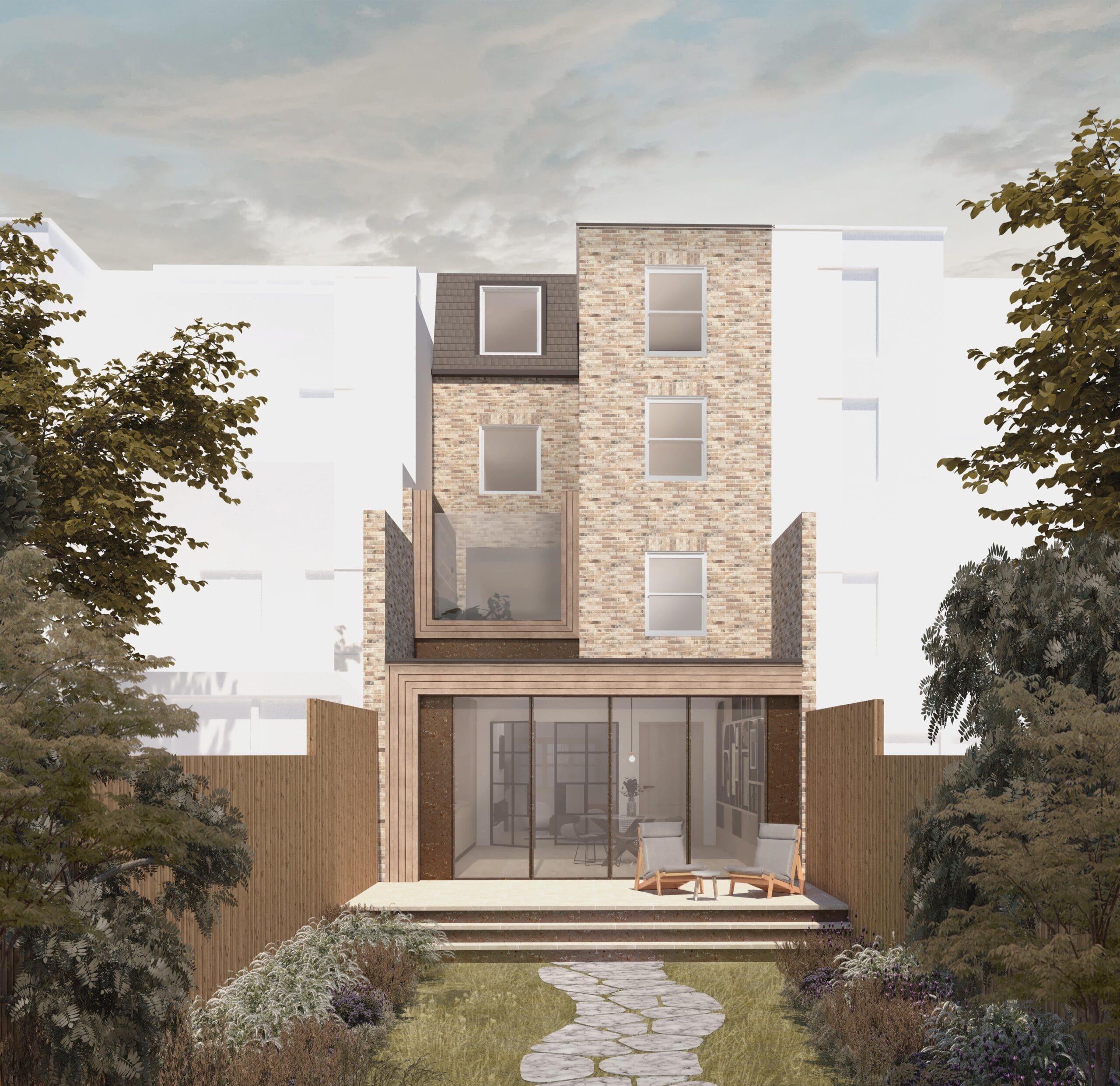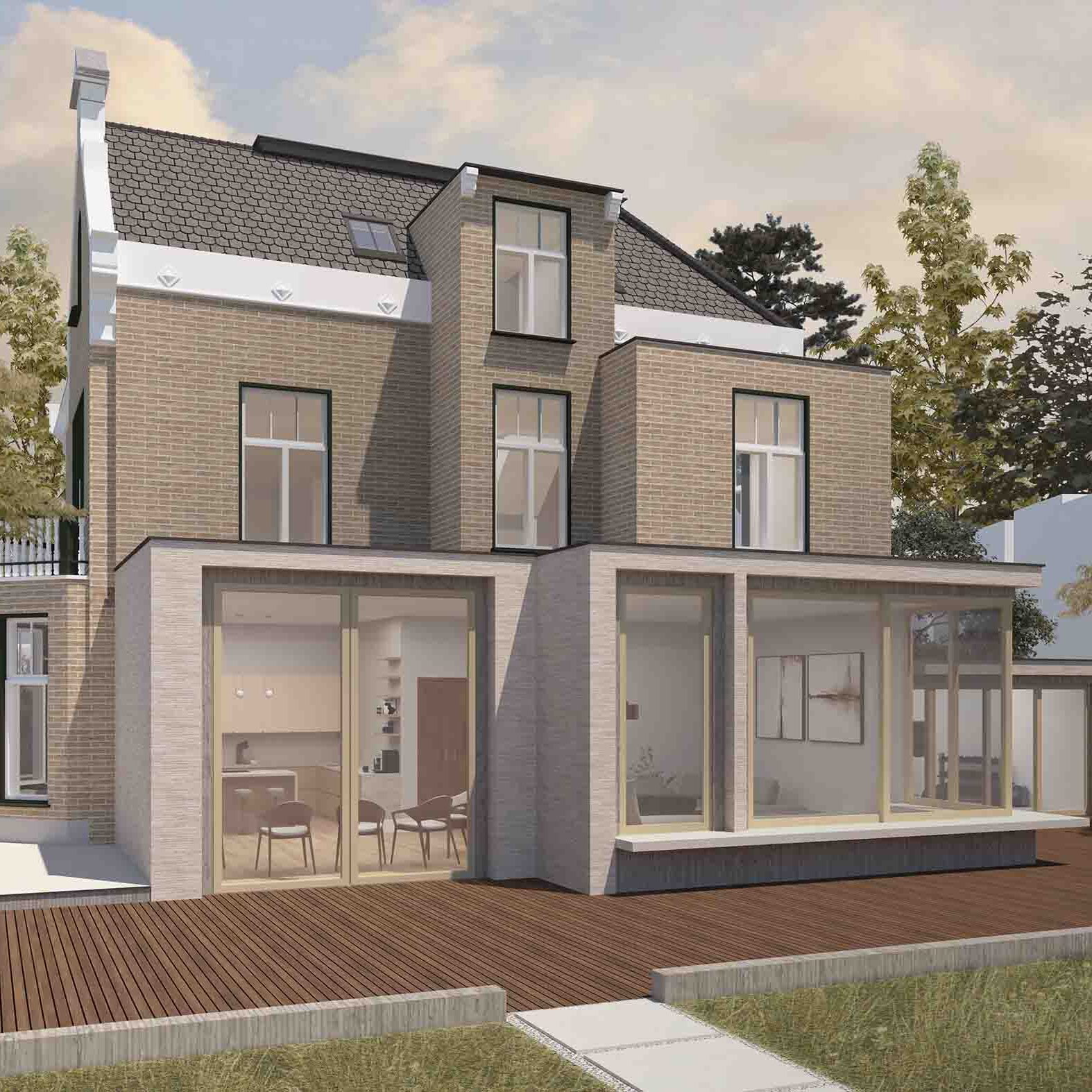Green Belt Planning Permission: Our Ultimate Guide
If you’re a homeowner in London or Surrey, you may have heard of “green belt” land, especially if you’re considering an extension or new build on your property. But what does it actually mean, and how does it impact your plans? In this post, we’ll break down everything you need to know about green belt planning permission, including its history, the restrictions it entails, and the areas affected.
In This Article
1. What Is Green Belt?
2. Why Was Green Belt Introduced?
3. Where Are the Green Belt Areas?
4. Green Belt Planning Permission: Restrictions for Extensions and New Builds?
5. Permitted Development in Green Belt Areas
6. Navigating Green Belt Planning Permission Loopholes & Strategies
7. How to Navigate Green Belt Planning Permission
8. Is It Worth Investing in a Green Belt Property?
9. Final Thoughts & Next Steps
What Is Green Belt?
Green belt is a term used to describe land designated to remain open, prevent urban sprawl, and protect the countryside from development. The main aim is to provide a buffer between urban areas and the surrounding countryside, preserving the character of towns and villages and encouraging sustainable development.
The concept of the green belt originated in the 1940s, with the aim of preventing urban areas from merging and maintaining green spaces for public enjoyment. Over the decades, various policies and planning frameworks have been established to protect these areas, particularly through the Town and Country Planning Act 1947.
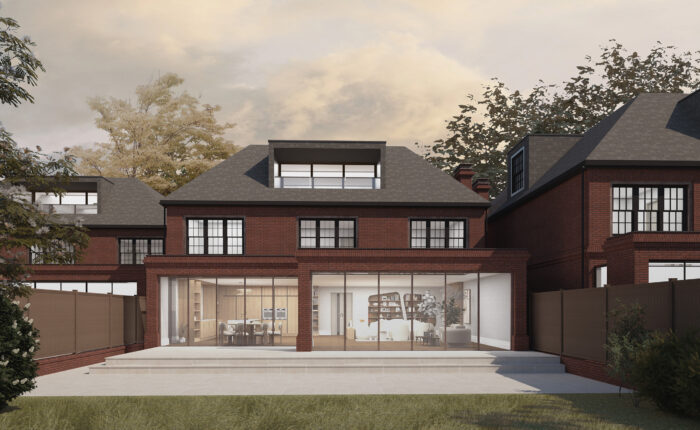
3 Home Development in Surrey – Trinity House
Why Was Green Belt Introduced?
Green belts were introduced as a response to the rapid urbanisation and industrialisation that took place in the UK during the 20th century. The government recognised the need to protect green spaces, which not only provide recreational areas but also offer environmental benefits such as biodiversity preservation and flood mitigation.
The establishment of green belts aims to:
- Limit urban sprawl: Prevent cities from expanding uncontrollably into the countryside.
- Protect the environment: Safeguard natural habitats and landscapes from development.
- Enhance quality of life: Maintain access to green spaces for recreation and relaxation for local communities.
Where Are the Green Belt Areas?
In London and Surrey, green belt land includes a significant portion of the surrounding countryside. According to the Greater London Authority, the London Green Belt encompasses over 200,000 hectares (around 490,000 acres) and includes areas like Richmond Park, Hampstead Heath, and parts of Surrey Hills.
Notable green belt areas in Surrey include Guildford, Waverley, Mole Valley, and Elmbridge, among others. In Woking Borough, approximately 70% of the land is designated as green belt, making it one of the most significant areas for green belt protection in Surrey. Each local authority will have its own green belt maps, so it’s essential to check with your local council to see if your property lies within a designated green belt area.
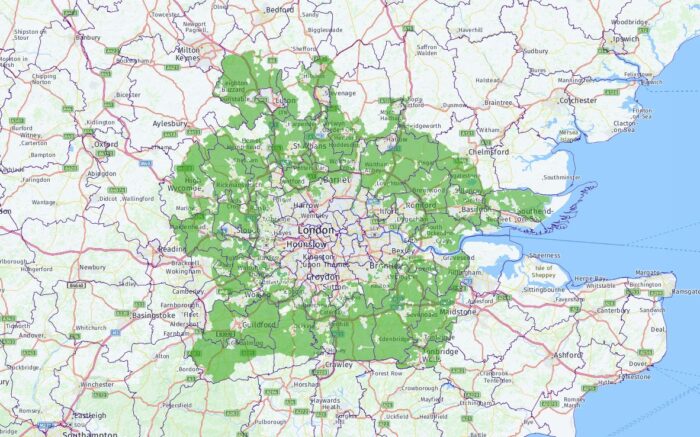
Green Belt Map London (https://londongreenbeltcouncil.org.uk/) – Green Belt Planning Permission
Green Belt Planning Permission: Restrictions for Extensions and New Builds?
One of the key concerns for homeowners in green belt areas is the strict planning restrictions. While development is possible, it’s heavily regulated. Here’s what you need to know:
1. Extensions
- Limited Development: Extensions are allowed but cannot significantly increase the property’s size. Most councils follow a 50% rule, meaning the total extension must not exceed 50% of the original house size, measured by both area and volume.
- Visual Impact: Extensions should have minimal impact on the landscape, blending into the natural environment. Conservative designs and materials are often recommended.
- Permitted Development Rights: Some small extensions can be done without planning permission under permitted development rights, but always check with your local planning authority.
2. New Builds and Replacement Builds
- Strict Restrictions: New builds are rare, permitted only in exceptional cases, such as for agricultural use or essential workers. Alternatively, they may be allowed under “very special circumstances,” where benefits clearly outweigh harm to the green belt.
- Replacement Builds: Replacing an existing building is allowed, but the new structure must not be materially larger. It must also respect the openness and character of the green belt.
- Sustainability: New or replacement builds may need to include sustainable features like energy efficiency and eco-friendly designs to meet planning policies.
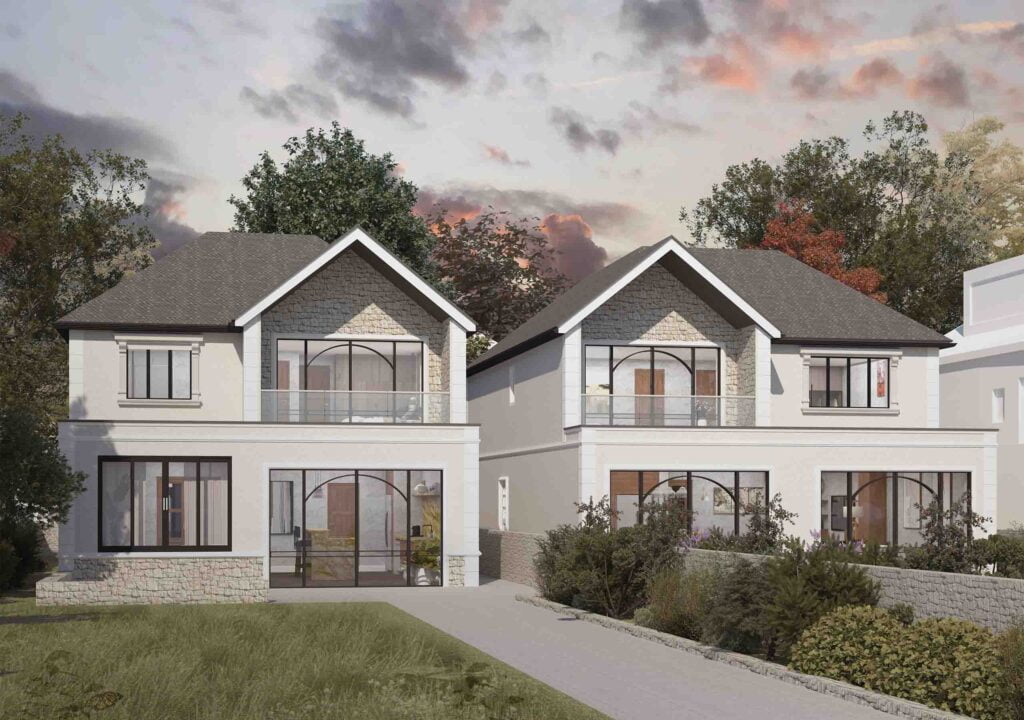
New Build Dwellings to Replace Existing Bungalow – Surrey
Permitted Development in Green Belt Areas
In green belt areas, permitted development rights for home extensions and loft conversions generally remain in place, meaning homeowners can still make certain improvements without the need for full planning permission. These rights allow for small-scale developments, such as home extensions or loft conversions, which can increase a property’s value while adhering to specific restrictions. A common strategy used by homeowners is to extend the property first under permitted development, then later apply for a replacement dwelling that takes advantage of the increased volume, thereby maximising the return on investment (ROI).
Here are the key points to consider:
- Permitted Development for Extensions and Lofts: Homeowners can typically add extensions and convert lofts within the scope of permitted development rights, even in green belt areas.
- 50% Rule for Extensions: While allowed, extensions must usually remain within 50% of the original building’s volume.
- Maximising ROI: Many homeowners first extend under permitted development and then apply for a replacement dwelling to increase the property’s overall size and value.
- Outbuildings Permitted: Additional structures like sheds or garages are often allowed under permitted development, but the standard size restrictions apply.
- Visual Impact: Developments must minimise visual intrusion and blend with the natural surroundings.
- Check Local Guidelines: Always consult your local planning authority, as green belt policies can vary, and Article 4 Directions may apply in some cases.
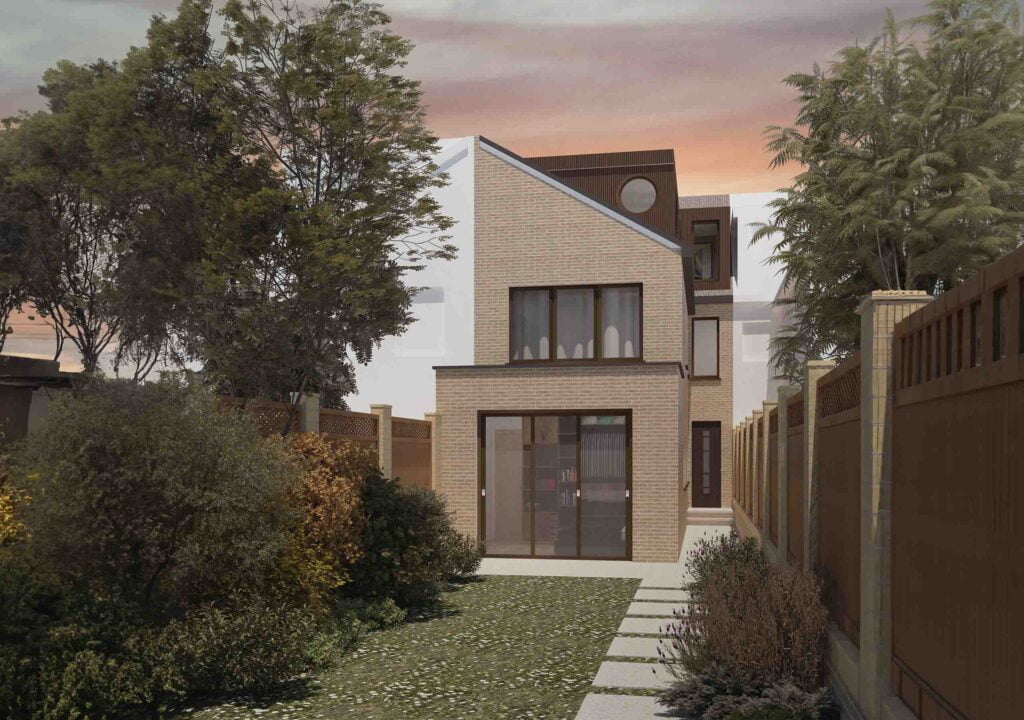
Permitted Development Extension & Loft Conversion – Petite House
Navigating Green Belt Planning Permission Loopholes & Strategies
While green belt regulations are strict, some homeowners successfully navigate them using strategic planning. For example, consolidating buildings or reusing existing structures can provide development opportunities. It’s also wise to consult planning experts like us, who can find unique solutions within green belt policies. However, these strategies require caution, as local councils closely monitor projects to ensure the green belt’s integrity is maintained.
Agricultural Building Exemptions
Agricultural buildings in green belt areas often have specific exemptions under planning regulations. Buildings used for agriculture, such as barns or farmhouses, face less scrutiny than residential developments. Converting agricultural buildings into homes is sometimes easier than obtaining permission for new builds. These exemptions aim to support rural economies, so homeowners in agricultural zones should explore these options.
Buildings of Exceptional Quality
Under Paragraph 80(e) of the National Planning Policy Framework (NPPF), green belt areas may permit developments of exceptional quality or innovative design. However, this is only allowed under very specific conditions. The design must be outstanding and meet high architectural and environmental standards. It should also contribute positively to the surrounding landscape, enhancing the area’s character. These proposals should embrace sustainability and self-sufficiency, pushing the boundaries of modern design.
In addition to architectural merit, the development must deliver significant public benefits. This could include environmental improvements, increased biodiversity, or educational contributions. Homeowners should think beyond aesthetics, considering how their project impacts the local community and environment. Incorporating eco-friendly technologies and sustainable materials will help meet the criteria for exceptional quality. Working with specialists familiar with Paragraph 80 projects like us can give homeowners an advantage in crafting proposals that satisfy both conservation and innovative design goals.

Green Belt Bungalow Extension in Surrey – Dash House
How to Navigate Green Belt Planning Permission
If you’re considering a project in a green belt area, here are some tips to help you navigate the planning process:
- Consult Your Local Council: Before embarking on any development plans, check with your local planning authority to understand specific restrictions, guidelines, and application processes. This may be via a duty planner conversation or a more detailed pre-application advice application, whereby you’ll recieve tailored advice for your project and site.
- Engage with Experts: Working with a green belt architectural team or green belt planning consultant can be invaluable. They’ll understand the nuances of local policies and can help craft proposals that align with regulations.
- Prepare a Strong Case: If you’re applying for planning permission for a new build or extension, be ready to present a compelling case that highlights any special circumstances. This could include demonstrating the positive impact on the local community or environment.

Green Belt Planning Permission Experts – DeVis Architecture
Is It Worth Investing in a Green Belt Property?
If you’re considering buying a property in a green belt area, you may be wondering if the restrictions are worth it. Here are a few pros and cons to consider:
Pros:
- Natural Beauty: Living in a green belt area often means access to stunning countryside and green spaces, providing a peaceful and picturesque environment.
- Community Feel: Green belt areas typically have a strong sense of community and are often more family-friendly, with excellent schools and local amenities.
- Stable Property Values: Properties in desirable green belt locations can retain their value well, particularly in areas with good transport links to London.
Cons:
- Development Limitations: If you have future plans for significant renovations or new builds, the restrictions may be frustrating.
- Potential for Conflict: Neighbours may have differing views on what constitutes acceptable development in green belt areas, which can lead to conflicts during planning processes.
Final Thoughts & Next Steps
Navigating green belt planning permission can feel daunting, especially if you’re keen on expanding your home or building a new one. However, understanding what green belts are, the restrictions in place, and the processes involved can make the journey smoother.
If you’re planning a project in the green belt and need expert guidance, DeVis Architecture is here to help. Our experienced team knows the ins and outs of green belt regulations in London and Surrey and can assist you in crafting a successful proposal for your dream project.
Feel free to reach out for a consultation today, and let’s explore how we can help you realise your vision while respecting the beauty of the green belt!

